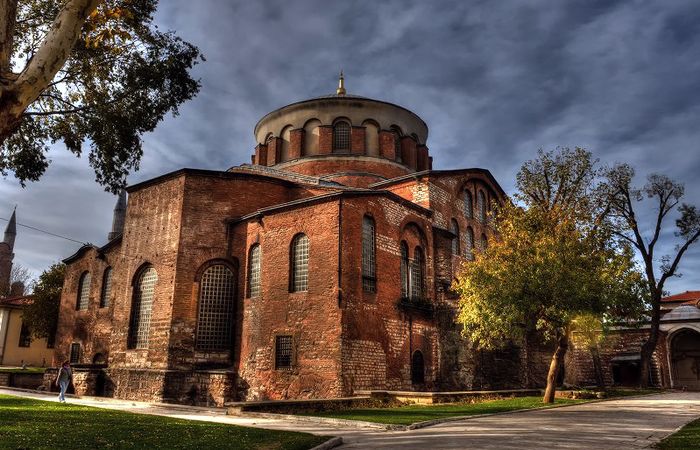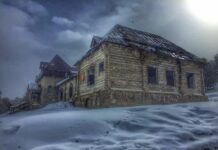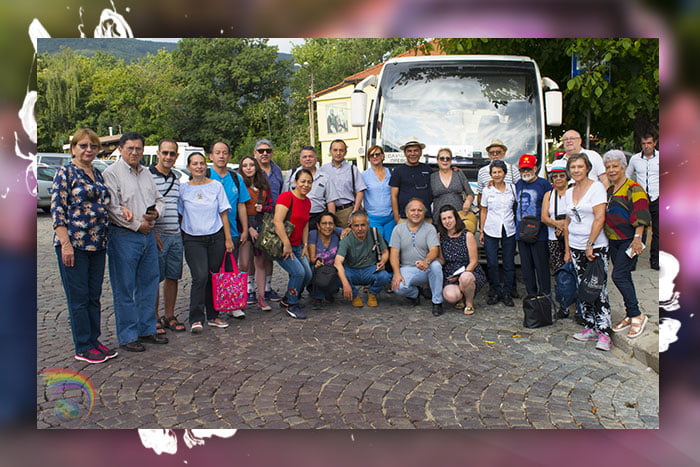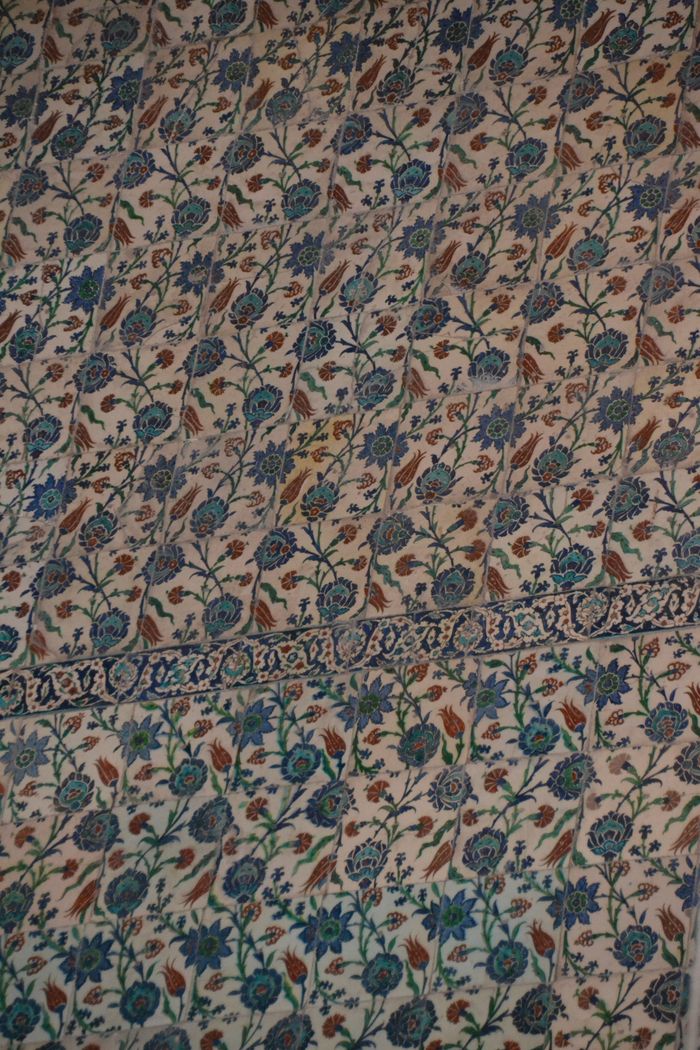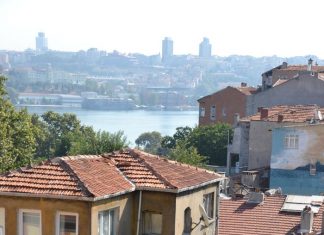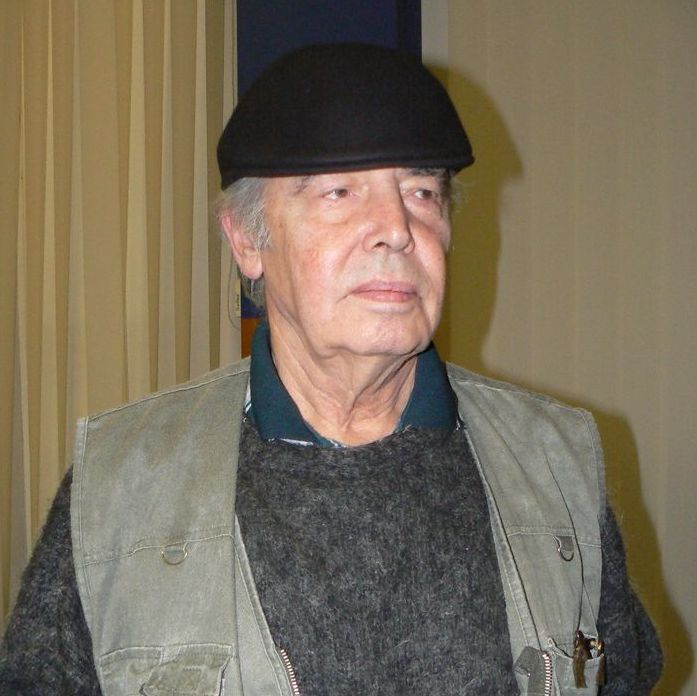The first museum of Turkey: St.lrene
The ottoman band of musicians had been organizing concerts in 1914 in st. Irene, the first museum of the ottoman era. This tradition caught again thanks to the international Istanbul festival still continues.
The works exhibited for the last time in St. Irene before being moved to Nigde in 1940. These works are now exposed in the Harbiye Military Museum. (The source of the photo is the Collection of Gokhan Akgura, Istanbul Encyclopedia).
The Roman Emperor Constantinus I. had called Hagia Sophia “,Holy Might” and he had named St.lrene “Divine Safety”. Built on the remains of the temples of Aphrodite, Artemis and Apollon at the beginning of the 4th century and where actually many concerts and art performances are staged, the edifice has a very active past. The church built on the outer courtyard of the Topkapi Palace had been burnt during the Nika rebellion and had been restored again with Hagia Sophia during the reign of the Emperor Justinianos.
The three earthquakes happened in the 8th and 9th centuries had caused serious damages to the edifice.
After the conquest of Istanbul, the church had remained within the walls of “Sur-i Sultani” surrounding the Topkapi Palace and it had been used as arsenal until the reign of Ahmed III. The Ottomans hadn`t transformed the church into the mosque and had preferred to use it as warehouse first and then “museum”.
The first Museum of Ottoman
The edifice was restored in 1726 upon the order of Ahmed III. and it was opened to the public visit. Many precious collections, Qurans and trusts sent from various provinces of the empire were gathered here and an epitaph written “Daru`l-Esliha” was placed on the door. The edifice was pillaged during the Janissary rebellion and it was transformed again to an arsenal called “Army Arsenal” in 1839. In 1846, it was opened as the museum.
A view from the dome and some of the works exhibited in the edifice
The interior of St.Irene Church first museum of Turkey with its design composed of two divisions thanks to the undertaking of the Artillery Field Marshal Ahmed Fethi Pasha. In the first division, armors, helmets, swords, weapons and military devices were exhibited; the mummies, sarcophagi and epitaphs from Egypt were exposed in the second division. The works exhibited in the second division were moved to Qi- nili K6$k (Pavilion with painted tiles) during the reign of Abdulhamid and thus, the first steps were taken for the construction of the actual Archaeology Museum. St.Irene losing its significance during the era of Abdulaziz was transformed again to the arsenal and remained in this state until the declaration of the 2nd Constitution…
A “museum commission” set up in 1908 began to collect again all precious works in St.Irene. The monthly allocation to the museum was 500 kurush (piaster); but this money was not enough at that time so an entrance fee was collected in order to rise the income; the fee was 100 para (one fortieth of a kurush) on Fridays and 4 kurush the other days. The visitors were also able to try shootings by paying 40 kurush and to listen to various hymns at the organ playing music with I kurush. Some part of St.Irene was arranged as a cinema and the Ottoman band of musisians gave concerts for the first time in 1914. So the exceptional acoustics of the main room was discovered many years ago.
This article is published for EnmarBg. For more interesting information about adventure Bulgaria tour, please visit adventure Bulgaria tour.
Read More about Neighbor part 3
